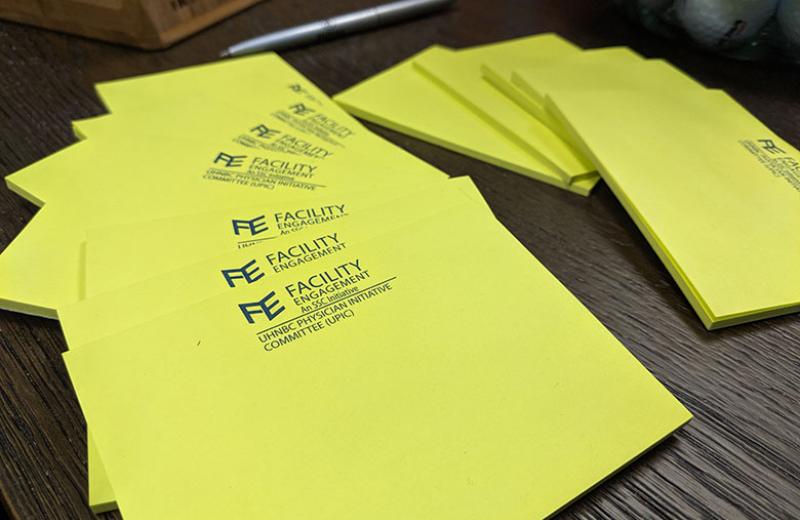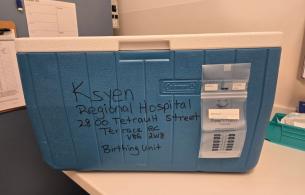Technology can be a tricky thing. No matter how intelligent the user, sometimes things just don’t work like they seem like they should. That’s where Northern Health’s (NH) Information Technology Services (ITS) comes in.
Over the week of September 16, 2019, Prince George played host to the first series of ITS “lunch and learns.” This joint event, put on by the UHNBC Physician Initiative Committee (UPIC) and Northern Health ITS, gave physicians a chance to sit down face-to-face with members of the ITS team and ask questions. Representatives of third-party technologies and applications that NH and physicians’ offices use were on site (i.e.,Telehealth, Dragon Medical One, Powerchart, and Secure Texting).
“The hope was to assist and educate those wishing to know more about services in Telehealth, Microblogging MD, and the New Dragon dictation service,” says Ky Leischner, Nursing Analyst/Specialist Telehealth with NH.
“Physicians are often lacking time to find the new innovations that could save them time, stress, or to improve patient care. If we can help answer their questions during convenient times, then we’re doing what is required as a support service.”
Over the week, Northern Health ITS and physicians had over 100 face-to-face conversations to help explain how the technologies that they’re using can help physicians be more efficient in their job.
“I found it very informative and appreciated the fact that the session was hosted by the people who understand how to make the technology work for my daily workflow,” says Dr. Neary, Family Physician.
“In particular, having the technology team offer to come to not just our medical building, but specifically offer to sit down with the office staff and myself to improve access to [applications] is a great opportunity to help us be more efficient and improve patient care and access.”














Comments